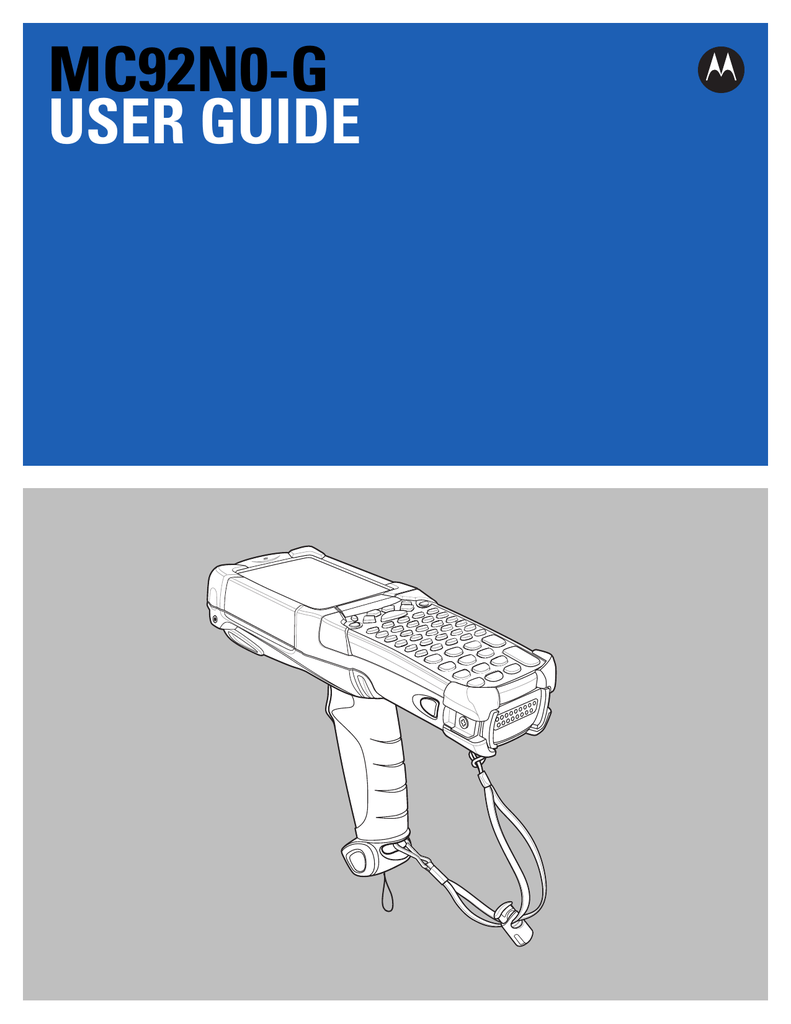Stonestreet One USB Devices Driver Download For Windows 10
Even if you setup on windows PC to communicate over LE, you will not be able to talk to the device unless that device has implemented SPPLE profile,which is a custom profile. Are you open to using some other standard profile to demonstrate that MSP430 device is communicating over LE? Best Regards, Stonestreet One. 2008-12-31 Application filed by Stonestreet One Inc filed Critical Stonestreet One Inc 2008-12-31 Priority to US12/347,535 priority patent/US1A1/en 2009-02-03 Assigned to STONESTREET ONE, INC. Reassignment STONESTREET ONE, INC. ASSIGNMENT OF ASSIGNORS INTEREST (SEE DOCUMENT FOR DETAILS). Assignors: LANKSWERT, PATRICK C.
-->
This topic highlights the new features and improvements for Universal Serial Bus (USB) in Windows 10.

UCSI driver extensionStarting in Windows 10, version 1809, a new class extension for UCSI (UcmUcsiCx.sys) has been added,which implements the UCSI specification in a transport agnostic way. With minimal amount of code, your driver, which is a client to UcmUcsiCx, can communicate with the USB Type-C hardware over non-ACPI transport. This topic describes the services provided by the UCSI class extension and the expected behavior of the client driver.
USB Type-C Port Controller Interface
Windows 10 version 1703 provides a class extension (UcmTcpciCx.sys) that supports the Universal Serial Bus Type-C Port Controller Interface Specification. A USB Type-C connector driver does not need to maintain any internal PD/Type-C state.The complexity of managing the USB Type-C connector and USB Power Delivery (PD) state machines is handled by the system. You only need to write a client driver that communicates hardware events to the system through the class extension.
USB Dual Role support.
USB Dual Role controllers are now supported in Windows. Windows includes in-box client drivers for ChipIdea and Synopsys controllers. For other controllers, Microsoft provides a set of programming interfaces that allow the dual-role class extension (UrsCx) and its client driver to communicate with each other to handle the role-switching capability of a dual-role controller.
For more information about this feature, see:
New set of programming interfaces for developing a USB Type-C connector driver.
This version introduces native support for USB Type-C as defined in the USB 3.1 specification. The feature allows devices to use a reversible connector, a symmetric cable, faster charging, and Alternate Modes running over the USB cable. These programming interfaces allow you to write a driver for the connector (called the client driver in this section) that communicates with the Microsoft-provided class extension module: UcmCx to handle scenarios related to Type-C connectors such as, which ports support Type-C, which ports support power delivery.
New set of programming interfaces for developing an emulated host controller and a connected virtual device.
Windows 10 introduces support for emulated devices. Now you can develop an emulated Universal Serial Bus (USB) host controller driver and a connected virtual USB device. Both components are combined into a single KMDF driver that communicates with the Microsoft-provided USB device emulation class extension (UdeCx).
New set of programming interfaces for developing a USB host controller driver.
You can develop a host controller if your hardware is not xHCI specification-compliant or your are writing a virtual host controller, such as a controller that routes USB traffic over a TCP connection to the peripherals attached to a device. Your host controller driver is a client to the USB host controller extension, which is a system-supplied driver that follows the framework class extension model. Within the Microsoft USB 3.0 Driver Stack, UCX provides functionality to assist the host controller driver in managing a USB host controller device.
New set of programming interfaces for developing a USB function controller driver.
You can write a client driver that communicates with the USB function class extension (UFX) and implements controller-specific operations. UFX handles USB function logic that is common to all USB function controllers.
Improved experience for USB CDC (serial) devices.
Allows devices that are compliant with the USB communication devices Class (Class_02 & SubClass_02) to work with Windows 10 by using the Usbser.sys driver. Device manufacturers are no longer required to write a custom INF to install that driver.
Stonestreet One USB Devices Driver Download For Windows 10

Driver Download Nvidia

HealthLink is a PC based software application that can run on any Windows platform. HealthLink collects Continua Certified personal medical device data via Bluetooth or USB and connects with Continua WAN services and electronic Health Repositories. HealthLink utilizes OXPlib, a C++ implementation of the Continua PAN client that provides a high level interface for management applications. This high level interface enables application developers to create Continua managers without the need to understand ISO/IEEE 11073-20601 details.
Driver Downloader
The reference system is composed of a Dell laptop with Windows XP or Windows 7, running over Stonestreet One’s Bluetooth Stack and Microsoft’s USB stack. The LNI software includes Bluetopia ®, a Bluetooth shim from Stonestreet One which implements the Health Device Profile (HDP) and a USB shim that sits on top of Microsoft’s winusb library and implements the PHDC functionality. These shims interface to the transport independent layer of OXPlib. Other transports may be added without changes to the OXP stack. OXPlib is the component that implements ISO/IEEE 11073-20601 behavior. HealthLink controls the OXPlib library. HealthLink acts as both an AHD and a WAN device from the Continua End to End architecture perspective, implementing the PAN client, the WAN client, and the HRN client.
